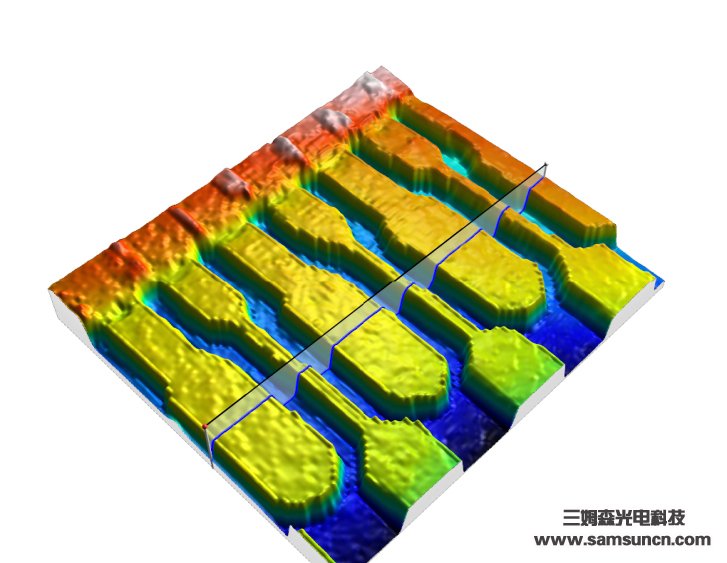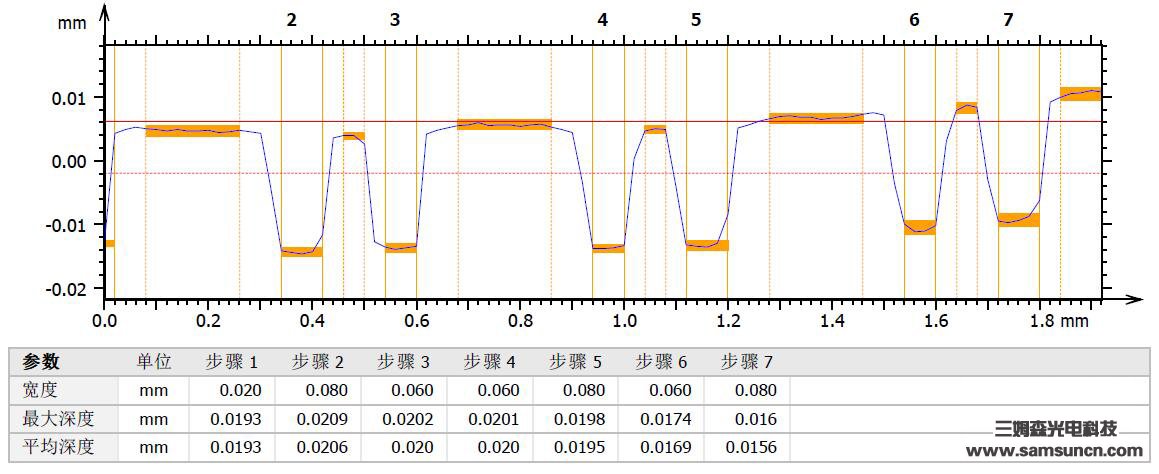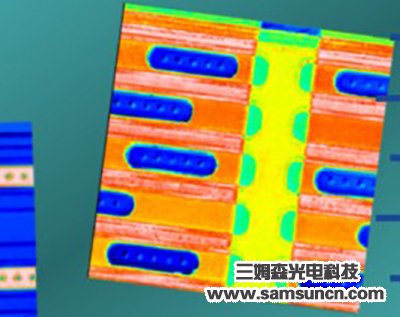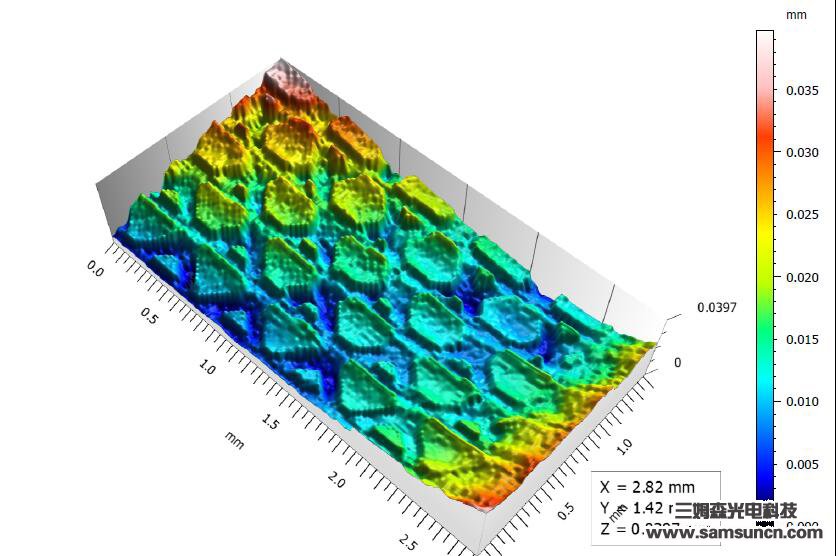Semiconductor
Conductive silver pulp thickness measurement
Spectral confocal techniques can be used to directly measure the thickness of coatings on plastic substrates, ink on glass, conductive silver paste on circuit boards, conductive printed materials on membrane switches, etc.

Conductive silver paste is used in various touch screens, membrane switches, electronic toys, computer keyboards, remote controls and other electronic products, can play a role in electrical conductivity, thermal conductivity, shielding, etc.
Solar conductive silver paste material is one of the core technologies of solar energy and is the most important material for solar cells other than silicon, the back and front electrodes of solar cells are made of silver paste.

One of the many processes in production is crucial, the thickness of the silver paste is related to the quality and safety of the entire product, but measuring the thickness of the silver paste is one of the most difficult. The only way to accurately measure the thickness of silver paste is through the optical principle.

The advantage of this measurement method is that it is insensitive to the optical characteristics of the surface of the object and can measure a wide range of colours, a wide range of reflectance and a wide range of transmittance, including transparent and specular reflective materials. Furthermore, as the light hits the sample from all sides, it is less likely to produce shadowing effects on the abrupt edges of the surface that can affect the measurement. The spectroscopic analysis instruments are highly accurate and stable due to their resolution down to the nanometre level and their insensitivity to external interfering light.

With the development of the electronic components industry (LTCC/MLCC), the quality of film printing is becoming more and more demanding. In the LTCC multilayer substrate production process, printing is used as one of the key processes to ensure its quality. Failure to meet the printing quality requirements can directly lead to short circuits or circuit breakage. The printing quality, i.e. the printing accuracy, consists of process accuracy and design accuracy.
LTCC printing thicknesses can be as low as a few microns. The highest is only a few tens of microns. This is why the LTCC process is such a headache in terms of how to better control its thickness. After dry film testing of steel sheets, contact testing, step testing and laser testing there is no guarantee that the printed thickness can be controlled with an accuracy of only a few microns to a few tens of microns.




